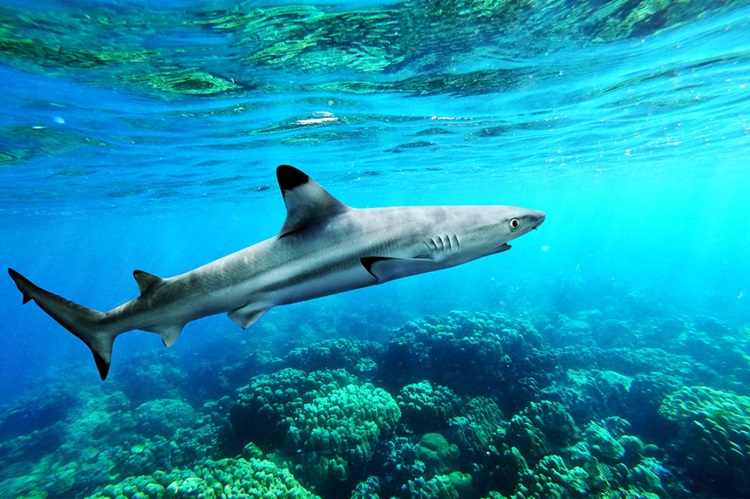
The ocean, a vast and mysterious realm, is home to an incredible array of creatures, among which sharks have long captured human imagination and intrigue. With approximately 500 known species, these apex predators are as diverse as they are fascinating. While the mention of sharks often conjures images of menacing creatures lurking in the deep, it is essential to recognize that only a handful of these species are considered highly aggressive towards humans. This article delves into the realm of these remarkable creatures, focusing on the five most aggressive shark species in the world. We will explore their unique characteristics, habitats, and behaviors that have earned them this formidable reputation. As we journey through the depths of the ocean, it becomes evident that our understanding of these creatures is constantly evolving, with new species being discovered, challenging our perceptions and expanding our knowledge of the marine ecosystem.

Sand Tiger Sharks | Photo: balisharks.com

Blacktip Shark | Photo: scubadiving.com

Bull Sharks | Photo: perthnow.com.au

Tiger Sharks | Photo: shutterstock.com

Great White Shark | Photo: smithsonianmag.com
In conclusion, the world of sharks is as complex as it is captivating. While we have highlighted the five most aggressive species, it is crucial to remember that these creatures are but a small fraction of the shark family. The vast majority of the approximately 500 known species exhibit a wide range of behaviors and pose little to no threat to humans. Our exploration underscores the importance of ongoing research and conservation efforts to protect these misunderstood creatures and their habitats. Sharks play a vital role in maintaining the balance of marine ecosystems, and their survival is intertwined with the health of our oceans. As we continue to discover new species and learn more about their diverse behaviors, we are reminded of the endless mysteries the ocean holds and the responsibility we have to protect this extraordinary and essential part of our natural world.